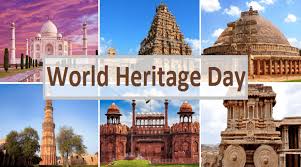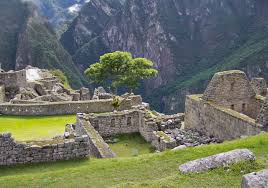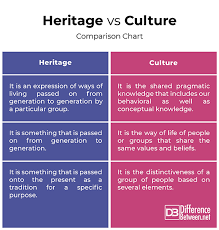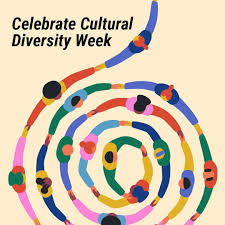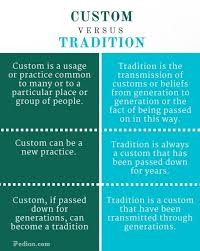Preserving the Legacy: Exploring the Timeless Charm of Historic Buildings
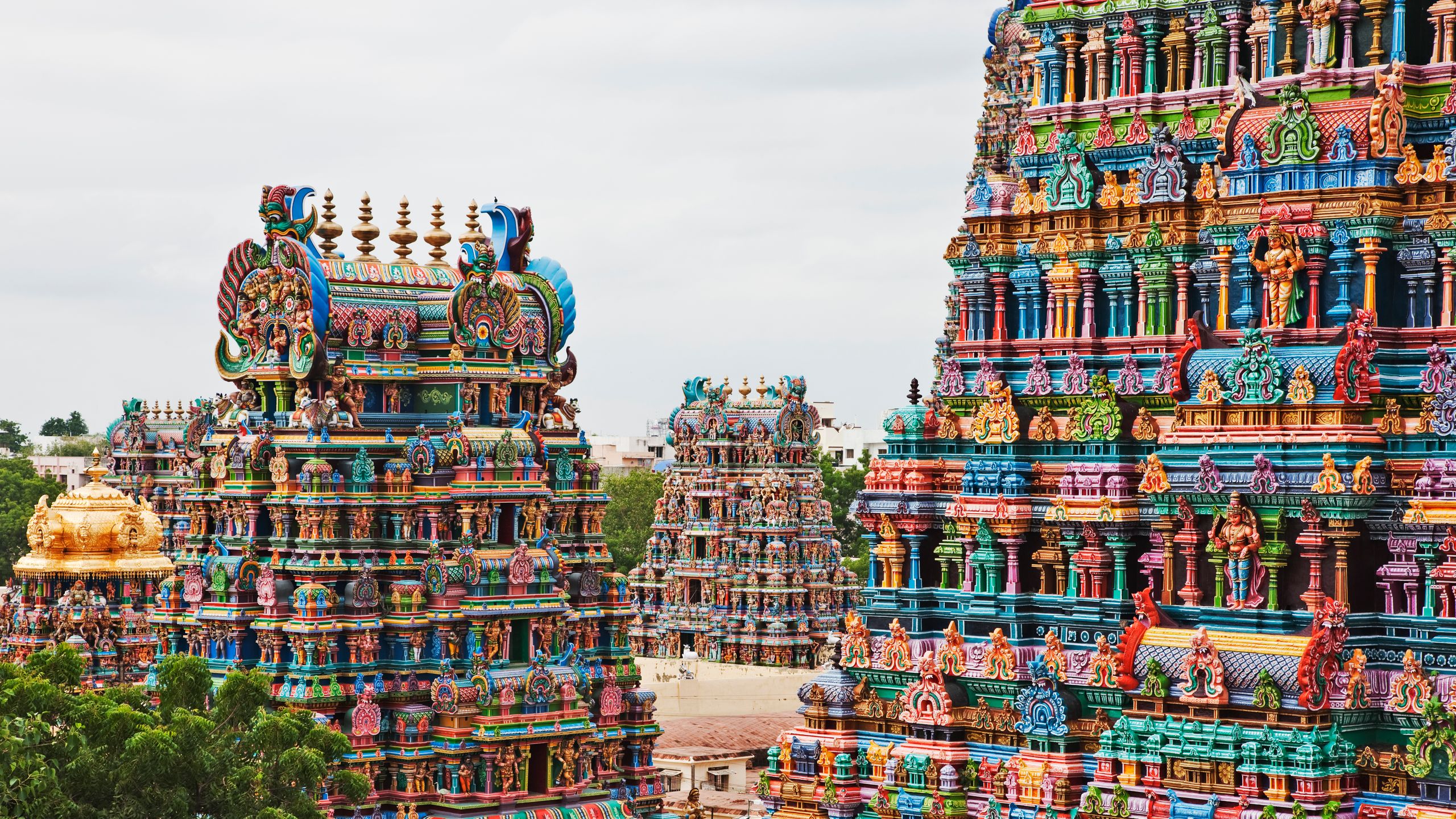
The Timeless Charm of Historic Buildings
Historic buildings stand as silent witnesses to the passage of time, each brick and stone telling a story of bygone eras. These architectural marvels not only showcase the craftsmanship of yesteryears but also serve as reminders of our rich heritage and cultural identity.
Walking through the corridors of a historic building is like stepping into a time machine, where the echoes of history reverberate through every nook and cranny. From majestic castles to elegant palaces, each structure has its own tale to tell, often intertwined with significant events that have shaped our world.
One cannot help but marvel at the intricate details adorning these buildings – ornate carvings, stained glass windows, and grand facades that exude a sense of grandeur and opulence. The architecture of historic buildings reflects the artistic sensibilities of the past, showcasing a blend of different styles and influences that have stood the test of time.
Besides their aesthetic appeal, historic buildings also play a crucial role in preserving our collective memory. They serve as repositories of knowledge, offering insights into the lifestyles, beliefs, and technologies of earlier generations. By safeguarding these architectural treasures, we ensure that future generations can appreciate and learn from our shared history.
Moreover, historic buildings contribute to the character and identity of a place, adding depth and authenticity to its cultural landscape. Whether nestled in bustling city centres or perched atop picturesque hillsides, these structures form an integral part of our built environment, connecting us to our roots and fostering a sense of continuity amidst rapid change.
In an age marked by rapid urbanisation and modernisation, it is essential to recognise the value of historic buildings as more than just relics of the past. They are living monuments that bridge the gap between yesterday and tomorrow, inviting us to pause, reflect, and appreciate the enduring legacy they represent.
Celebrating Heritage: The Timeless Value of Preserving Historic Buildings
- Historic buildings offer a glimpse into the past, allowing us to connect with our roots and heritage.
- They showcase exquisite craftsmanship and architectural styles that are often rare or no longer practiced.
- These buildings have unique character and charm that set them apart from modern structures.
- Preserving historic buildings contributes to the conservation of cultural identity and collective memory.
- They serve as educational tools, providing insights into bygone eras, lifestyles, and societal norms.
- Historic buildings enhance the aesthetic appeal of their surroundings, adding depth and historical context to landscapes.
- Restoring historic buildings can stimulate economic growth through heritage tourism and revitalisation of local communities.
- By protecting historic buildings, we demonstrate a commitment to valuing history, culture, and architectural legacy.
Challenges of Owning and Maintaining Historic Buildings: Key Considerations
- Maintenance costs can be high due to the age and complexity of historic buildings.
- Limited modern amenities and infrastructure may pose challenges for occupants.
- Restrictions on renovations and alterations can hinder adaptive reuse of historic buildings.
- Historic buildings may lack energy efficiency, leading to higher utility bills.
- Structural integrity issues may arise over time, requiring costly repairs and restoration work.
Historic buildings offer a glimpse into the past, allowing us to connect with our roots and heritage.
Historic buildings serve as portals to bygone eras, offering a captivating glimpse into the past that enables us to forge a meaningful connection with our roots and heritage. By exploring these architectural treasures, we are transported back in time, immersing ourselves in the stories and traditions of those who came before us. The intricate details and timeless charm of historic buildings not only evoke a sense of nostalgia but also provide valuable insights into the cultural tapestry that has shaped our present-day identity. Embracing these tangible links to history allows us to appreciate the legacy of our ancestors and fosters a deep sense of belonging and pride in our shared heritage.
They showcase exquisite craftsmanship and architectural styles that are often rare or no longer practiced.
Historic buildings serve as captivating showcases of exquisite craftsmanship and architectural styles that are not only rare but, in some cases, no longer practiced. These architectural gems stand as testaments to the skill and artistry of craftsmen from eras long past, demonstrating intricate details and design elements that are a testament to the creativity and dedication of those who built them. By preserving these unique architectural styles, historic buildings provide a window into the past, allowing us to appreciate and learn from techniques and aesthetics that may have otherwise been lost to time.
These buildings have unique character and charm that set them apart from modern structures.
Historic buildings possess a distinctive character and charm that distinguish them from their modern counterparts. The intricate craftsmanship, ornate detailing, and timeless elegance of these structures exude a sense of history and tradition that is unparalleled. Each historic building tells a story through its architecture, reflecting the cultural influences and design trends of the era in which it was constructed. This unique blend of aesthetics and historical significance not only adds depth to the built environment but also creates a sense of connection to the past, making historic buildings cherished landmarks that stand out amidst the ever-evolving landscape of modern architecture.
Preserving historic buildings contributes to the conservation of cultural identity and collective memory.
Preserving historic buildings plays a vital role in safeguarding cultural identity and collective memory. These architectural treasures are not merely structures of brick and mortar; they embody the stories, traditions, and values of a community or a nation. By maintaining these buildings, we ensure that future generations have tangible links to their past, allowing them to connect with their roots and understand the journey that has shaped their present. Through the conservation of historic buildings, we preserve a tangible representation of our shared history, fostering a sense of continuity and belonging that transcends time.
They serve as educational tools, providing insights into bygone eras, lifestyles, and societal norms.
Historic buildings serve as invaluable educational tools, offering a glimpse into the past and providing a window to bygone eras, lifestyles, and societal norms. By exploring these architectural treasures, visitors can gain a deeper understanding of the challenges, triumphs, and everyday realities of previous generations. From the layout of rooms to the choice of materials used in construction, each aspect of a historic building offers valuable insights that help us appreciate how people lived, worked, and interacted in different historical periods. Studying these structures not only enriches our knowledge of history but also fosters a sense of connection to our shared heritage.
Historic buildings enhance the aesthetic appeal of their surroundings, adding depth and historical context to landscapes.
Historic buildings serve as architectural gems that enrich the visual allure of their surroundings, elevating the aesthetic charm of landscapes with their timeless elegance and distinctive character. By seamlessly blending into their environment while standing out as symbols of heritage, these structures not only beautify the scenery but also imbue it with a sense of historical significance and cultural depth. Their presence adds a layer of storytelling to the landscape, inviting onlookers to appreciate the unique blend of past and present that defines the setting.
Restoring historic buildings can stimulate economic growth through heritage tourism and revitalisation of local communities.
Restoring historic buildings can serve as a catalyst for economic growth by tapping into the potential of heritage tourism and revitalising local communities. When historic buildings are carefully preserved and renovated, they attract tourists who are eager to explore the rich history and architectural beauty they embody. This influx of visitors not only boosts the tourism sector but also generates revenue for local businesses, such as hotels, restaurants, and shops. Additionally, the restoration of historic buildings can breathe new life into neglected areas, creating opportunities for community engagement, cultural events, and small business development. By leveraging the value of historic buildings, communities can harness their unique charm to drive economic prosperity and foster a sense of pride in their shared heritage.
By protecting historic buildings, we demonstrate a commitment to valuing history, culture, and architectural legacy.
Preserving historic buildings not only safeguards tangible pieces of our architectural past but also signifies a profound respect for history, culture, and architectural heritage. By committing to the conservation of these structures, we uphold the significance of our shared past, honour the craftsmanship of previous generations, and celebrate the diverse cultural narratives embedded within each building’s walls. This dedication to protecting historic buildings showcases a deep appreciation for the stories they hold and underscores our commitment to preserving a tangible connection to our collective heritage for generations to come.
Maintenance costs can be high due to the age and complexity of historic buildings.
Maintaining historic buildings can present a significant challenge due to the age and intricate design of these structures. The need to preserve the authenticity and integrity of historical architecture often requires specialised skills and materials, which can result in high maintenance costs. From restoring delicate frescoes to repairing centuries-old foundations, the complexity of caring for historic buildings demands meticulous attention to detail and a deep understanding of traditional building techniques. Balancing the preservation of these architectural treasures with the financial resources needed for their upkeep remains a pressing concern for custodians of our built heritage.
Limited modern amenities and infrastructure may pose challenges for occupants.
The charm of historic buildings often comes hand in hand with a conundrum – their limited modern amenities and infrastructure can pose challenges for occupants. While these architectural gems boast timeless beauty and historical significance, their lack of contemporary conveniences such as advanced heating, ventilation, and electrical systems may present practical difficulties for those residing or working within their walls. Renovating historic buildings to meet modern standards without compromising their original character can be a delicate balancing act, requiring thoughtful planning and expertise to ensure the comfort and safety of occupants while preserving the building’s unique heritage.
Restrictions on renovations and alterations can hinder adaptive reuse of historic buildings.
Restrictions on renovations and alterations can pose a significant challenge to the adaptive reuse of historic buildings. While preserving the original character and integrity of these structures is paramount, strict regulations may limit the creative potential for repurposing them to meet contemporary needs. The balance between conservation and adaptation is delicate, requiring careful consideration to ensure that historic buildings remain relevant and functional in a rapidly evolving world. Finding innovative solutions that respect the heritage value of these buildings while allowing for sustainable reuse is essential to unlocking their full potential and ensuring their continued relevance for future generations.
Historic buildings may lack energy efficiency, leading to higher utility bills.
Historic buildings, while steeped in charm and character, often face the con of lacking energy efficiency, which can result in higher utility bills for occupants. Due to their age and original construction methods, these buildings may have inefficient heating, cooling, and insulation systems that struggle to meet modern energy standards. As a result, residents or owners of historic properties may find themselves grappling with increased energy costs as they strive to maintain a comfortable living or working environment. Balancing the preservation of architectural heritage with the need for sustainable energy solutions poses a unique challenge for those responsible for the upkeep of historic buildings.
Structural integrity issues may arise over time, requiring costly repairs and restoration work.
Over time, historic buildings may face a significant con in the form of structural integrity issues, necessitating costly repairs and restoration work. The passage of years can take a toll on the structural stability of these architectural treasures, leading to concerns about safety and preservation. Addressing such issues often involves meticulous assessments, specialised expertise, and substantial financial investments to ensure that the building’s historical significance is preserved while meeting modern safety standards. Balancing the need for conservation with the practicalities of maintaining structural integrity poses a challenging dilemma for custodians of historic buildings, highlighting the delicate balance between preserving the past and ensuring a sustainable future for these invaluable landmarks.

